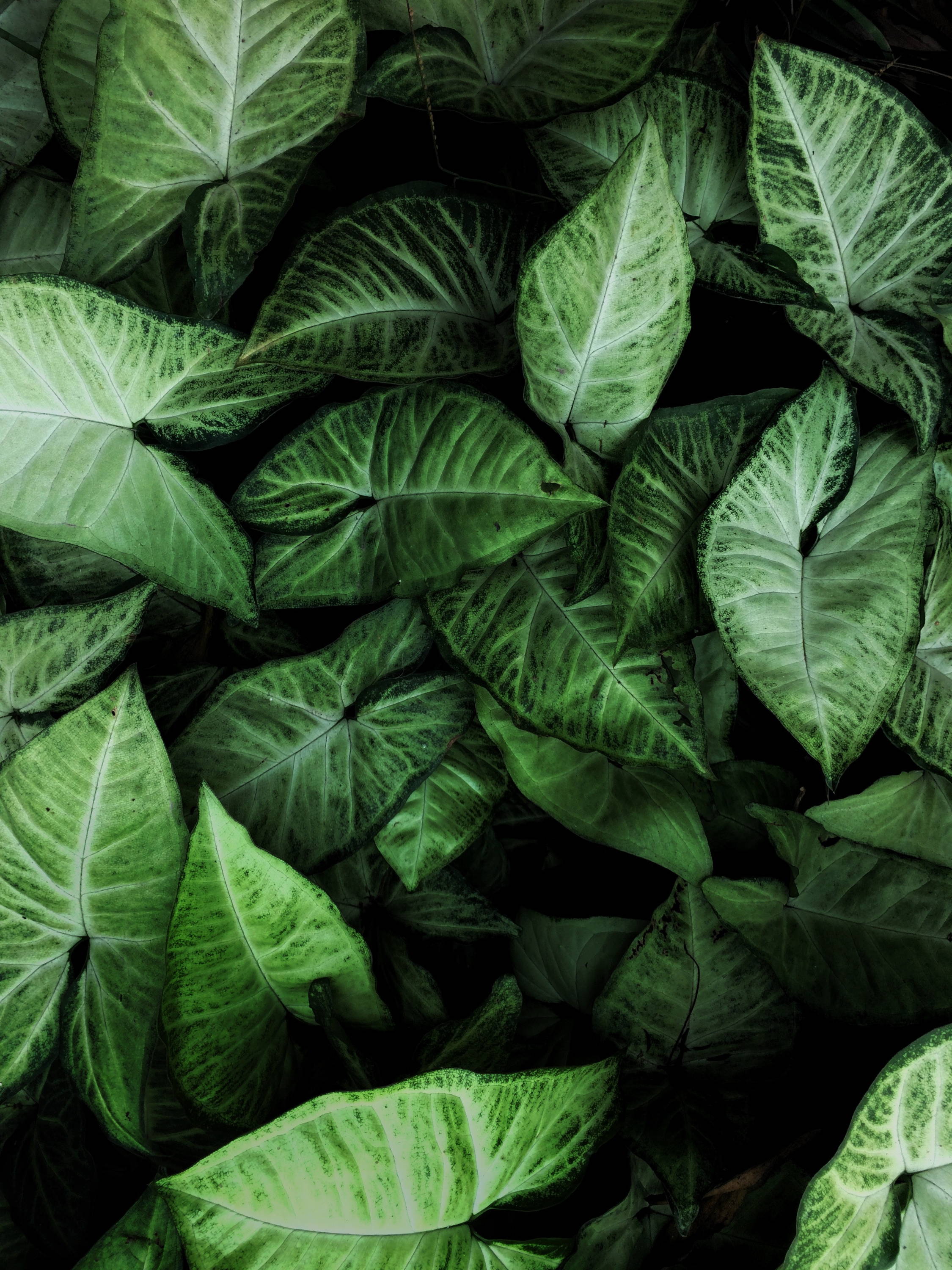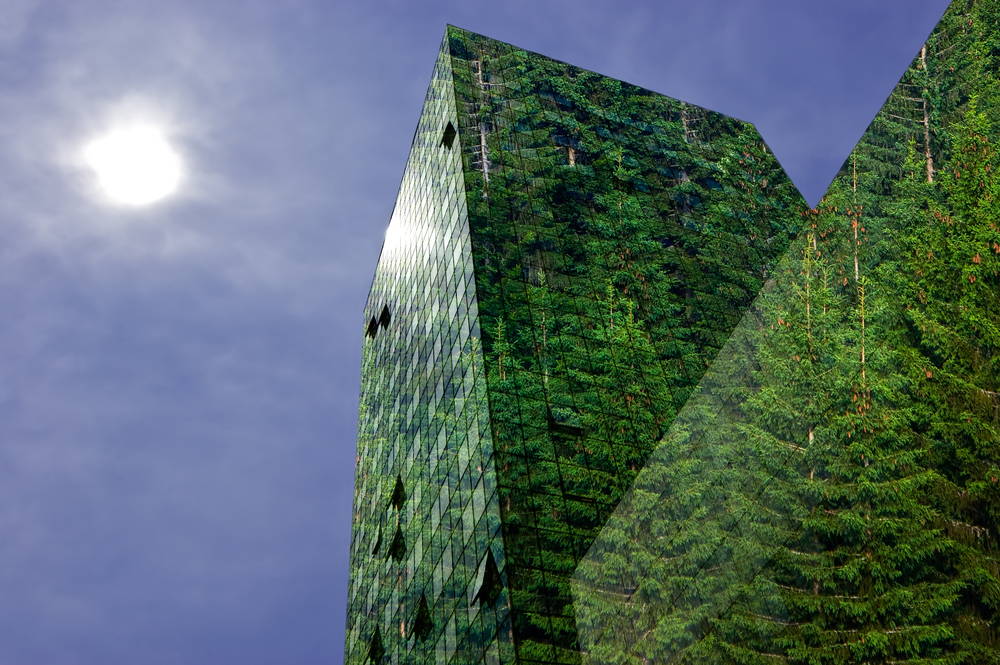Regenerative design: stepping beyond sustainability
your guide to sustainability - the basics
21 november '22
Reading time: 5 minutes
Move over sustainability - a new player has entered the game. Regenerative design is the 21st century’s answer to our environmental struggles, with the goal of bridging the gap we have created between humanity and nature and building the way our ancestors did: according to the Earth’s needs. It may just be the solution for the planet’s ailments.
Words by Alice Costantino

Picture by Skinny Alien
If you care about the environment and the impact humans have on it, you probably strive to educate yourself on sustainability and learn better lifestyle practices to avoid having a negative effect with your consumption. In fact, that may be the very reason you read this column and shop here at Staiy. And sustainability is a necessary and commendable step in the struggle to counteract humanity’s harm to the planet - but it’s only the first step. Today, engineers, designers, architects and creatives of diverse backgrounds are increasingly looking beyond simple sustainability to regenerative design.

Picture by Biomimicry Institute
So what is regenerative design?
Simply put, it’s an approach to design that aims to cooperate with the environment and create self-sufficient, effective projects that actively contribute to the ecosystem. Its strength lies in being much more proactive than sustainability: while a sustainably designed building, for instance, is made to have a net-zero environmental impact, one made according to regenerative design will have a positive impact. So the focus shifts from minimizing or nullifying damage to actively doing good.
Regenerative design gained popularity in the 1970s when an Australian scientist and engineer duo created the word ‘permaculture’ to define a model of land management that would use onsite resources to obtain self-sufficiency. The model was then adopted by US organic farmers in the 1980s, whose goal was to utilize the land’s ability to self-replenish and regenerate its own ecosystems to create an agricultural model that would benefit both humans and the earth. The creation of closed loops is a major point of focus for regenerative design: anything built or created through it must yield its own fuel.
It is difficult to define exactly how a regenerative design project is made, and that is - forgive the pun - by design. RD systems are not made beforehand and then implemented in various environments. Each project is built from the ground up on a case by case basis, in order to both utilize the unique resources of lands and communities and also serve their unique needs. RD uses and values diversity and specificity; its principles are extremely flexible and can be adapted for a wide variety of project sizes and goals. Another core tenet of RD is, in fact, engagement with the local, which is not limited to human communities but includes flora and fauna, in accordance with the RD belief that humans can and should be active and healthful participants in local ecosystems.

Picture by Greentumble
But what does a regenerative design project do, exactly?
As you may imagine, it will be vastly different for each project. A regeneratively designed building, for instance, may not connect to a sewer system because it’s equipped with a water filtration system that recycles all its liquid waste until its only output is clean water. It could also harvest the carbon dioxide it produces to power its refrigeration system, or be exclusively made up of building materials that can either be reused or be absorbed as nutrients by the soil. The catchphrase of ‘restore, renew, replenish’ is not only a tongue-in-cheek provocation at the ‘old’ environmentalist rallying cry of ‘reduce, reuse, recycle’, but the outline of an entire philosophy, reduced to its essential components.
“Think about design as a platform to restore, to create surpluses, and refill the tank,” explains Brian Alessi, the Sustainability Director at Henderson Engineers, a prominent RD firm. Their motto, ‘design for abundance’, seems almost heartbreakingly naive in this day and age, as the doomsday clock ticks on and many of us feel like we’re struggling to hang onto the last shreds of the planet’s wholeness. Yet Henderson is far from the only firm providing this service, and the ranks grow everyday with architects, designers, engineers and all sorts of specialists joining in the cause. Regenerative design is already a reality, and it may be just the change humanity needs to make to preserve our only Earth.







